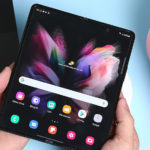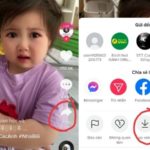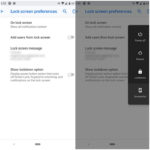1 Always have your phone ready
In order to be prepared for emergency situations, it is important to always have your phone ready. If you are traveling far and may not have access to electricity, it is recommended to carry one or more power banks. Depending on the capacity of the power bank, it can fully charge your phone from three to four times. This will ensure that you have a fully charged phone in case of emergencies. Emergency services may rely on nearby mobile towers to locate you, so it is crucial to have your phone powered on and fully charged.
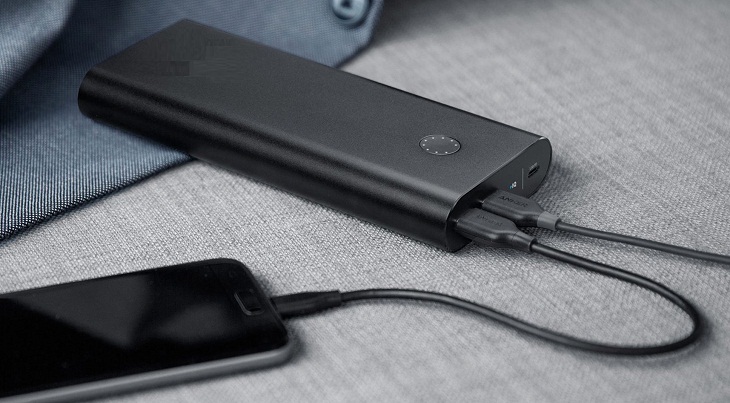
If you live in an area prone to natural disasters, it is especially important to have a power bank with a large capacity. Additionally, it is essential to regularly charge these power banks to ensure they are ready for use during emergencies.
2. Share your location with friends and family
In case of being lost, unconscious, or missing, it can be difficult for friends and family to find you without any interaction from you. Fortunately, both Apple and Google provide services that allow trusted individuals to track your location.
If you have an iPhone, you can set up the “Find My Friends” app, which allows approved friends or family members to track your location. You can also grant temporary tracking permission when you are traveling far.
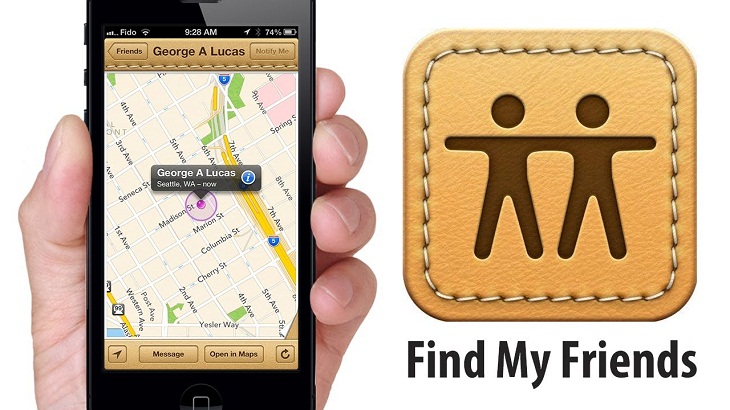
If you use an Android device, Google Maps has a feature that allows you to share your location. This feature provides your current location and even your phone’s current battery level to the person you grant tracking permission. Alternatively, you can use third-party apps like Glympse to share your current location with others.
3. Set up emergency contacts
All phones have built-in emergency contact features or medical information (Medical ID) that emergency responders can access even when the screen is locked.
On an iPhone, you can set up the medical information (Medical ID) feature by opening the Health app, selecting the Medical ID tab, and enabling the “Show When Locked” option. You can then enter your information, as well as emergency contacts, which can be accessed by pressing the Medical ID button on the iPhone lock screen.
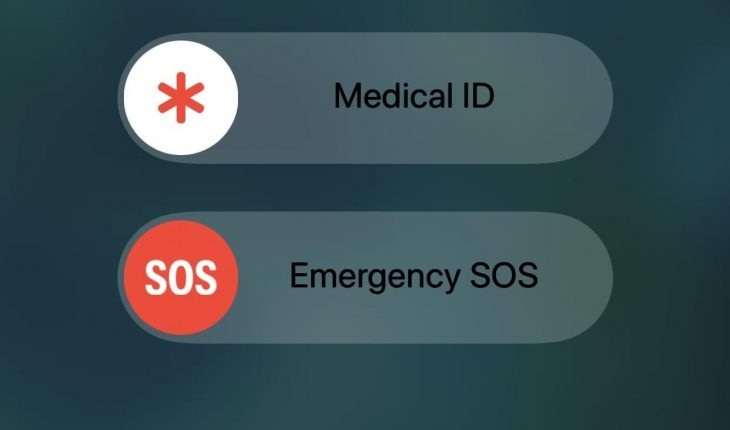
On an Android device, the process may vary depending on the brand, but you can typically save emergency details by opening the settings app, navigating to user settings, and selecting “Emergency Information.” This will display health information and emergency contacts on the lock screen.
2 Some tips in emergency situations
1. When encountering a natural disaster
In the event of hurricanes, floods, earthquakes, tornadoes, or any other natural disaster, there may be power outages and loss of phone signal for extended periods of time. In such situations, it is recommended to send a text message instead of making a phone call for help. This is because phone calls can cause network congestion, making it difficult for the call to reach the recipient. Text messages require fewer network resources, making them easier to send.
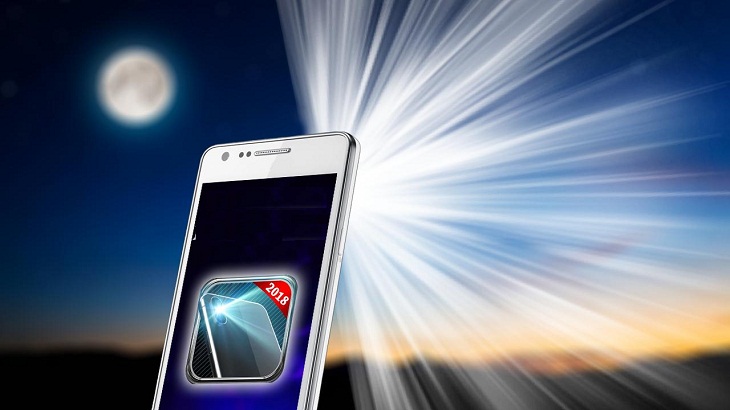
There are also SOS apps available on both the App Store and Play Store that use the flash signal of your phone’s camera to send an SOS message in Morse code. These apps can be useful for rescue teams to locate you, especially at night.
2. Getting lost in the wilderness
If you enjoy wilderness travel, getting lost is a possibility. It is recommended to enable GPS positioning on your device as it can greatly assist you in such situations. GPS can help determine your location, even when offline.
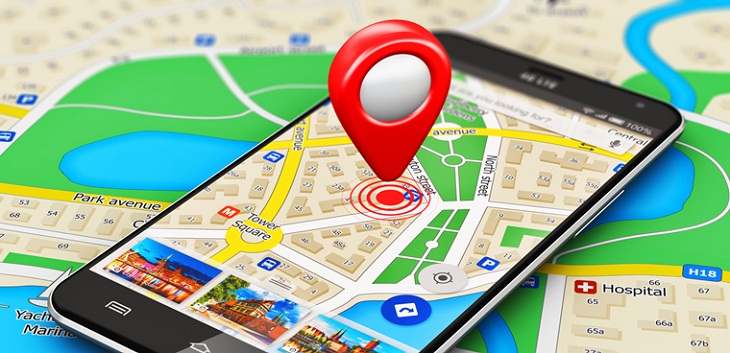
If you’re planning a trip, consider installing an app like GAIA GPS. This app allows you to download maps of the area and use GPS to determine your location. To conserve your phone’s battery, remove any apps or services that consume a lot of battery power and use airplane mode in areas without mobile signal to prevent continuous searching for a signal.
3. Home break-in situations
In the unfortunate event of a home break-in, it is important to take certain steps to ensure your safety. The first thing to do is to turn off the sound on your phone. Android users can quickly mute their phones in the quick settings panel, while iPhone users can use the mute switch.
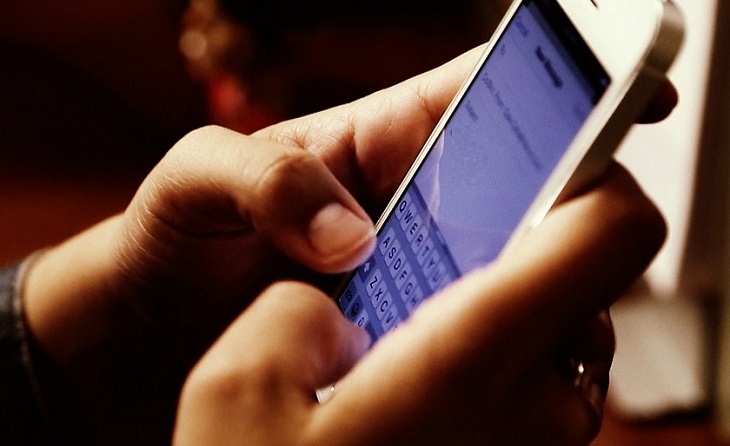
Additionally, it is important to access the settings on your phone and turn off all vibrations, especially vibrations when touching the phone screen. This will help you remain discreet. In case of a home break-in, it is recommended to send a text message to inform someone outside of what is happening. Message the police or anyone who can help you.
No one wants to find themselves in emergency situations, but it is important to stay calm and use your phone effectively if such situations do arise.

























